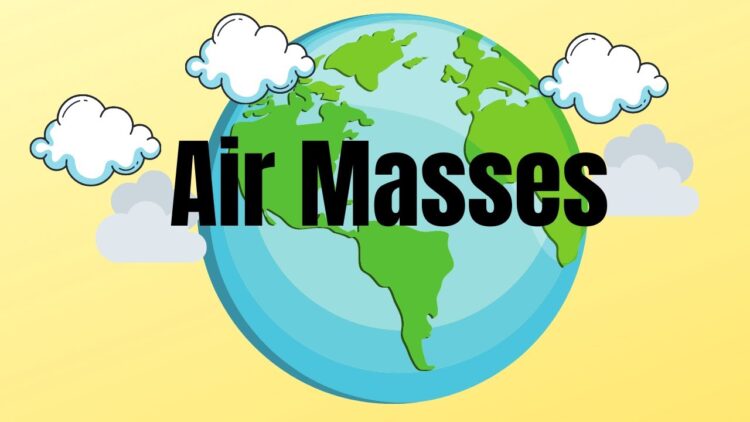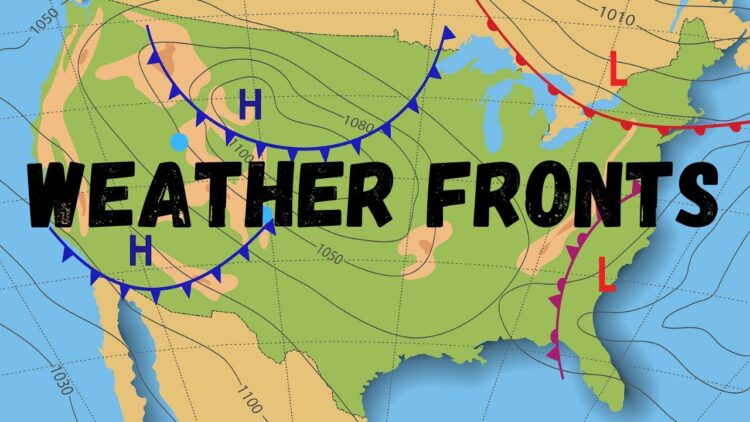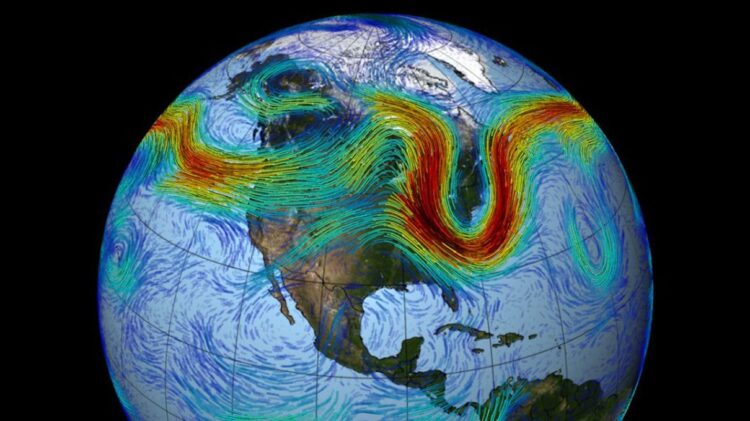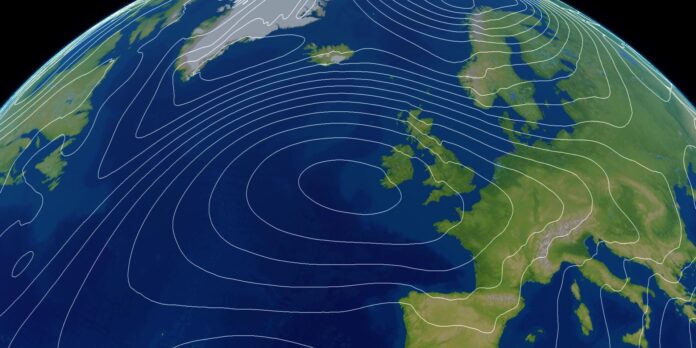The weather is unpredictable, and often one can experience vastly different conditions in different parts of an area. For instance, it may be raining cats and dogs in one region, while another place just a few kilometers away from it is bright and sunny.
This is because local weather patterns are influenced by air masses and weather fronts that travel across the sky. The influence of air masses can vary depending on their type, source, and geographical location. In this blog post, we will explore how air masses and weather fronts affect local weather patterns.
Forecasting local weather requires an understanding of air masses and weather fronts. A vast body of air with comparable temperature and humidity levels that travels across the surface of the globe at different speeds is referred to as an air mass. Weather fronts, on the other hand, refer to the boundary between two air masses with different temperatures and moisture levels. When air masses meet, they lead to changes in atmospheric pressure, which, in turn, affects local weather patterns.
Impact on Local Weather Patterns
The impact of air masses and weather fronts should be taken into account while trying to comprehend local weather patterns. A vast body of air with a comparatively constant temperature and moisture content is referred to as an air mass. Weather fronts, on the other hand, are the boundaries where two air masses meet. The collision of air masses with different characteristics can lead to a range of weather conditions, which can have a significant impact on local weather patterns.
For example, when a warm air mass meets a cold air mass, it can lead to the formation of thunderstorms and heavy rainfall. On the other hand, when a cold front moves into an area of warm air, it can produce a drop in temperature and gusty winds. By understanding how air masses and weather fronts interact, meteorologists are able to provide more accurate weather forecasts and warnings, which can help communities better prepare for potentially hazardous weather events.
Characteristics of Air Masses

The characteristics of air masses play a significant role in determining the weather conditions in a particular region. Air masses are large bodies of air that have a similar temperature, moisture content, and pressure. The characteristics of air masses are determined by the region over which the air mass forms, and they can be classified into four main types based on temperature and moisture content: continental polar, maritime polar, continental tropical, and maritime tropical.
- Continental Polar: These air masses form over land and have cold, dry characteristics.
- Maritime Polar: These air masses form over oceans and are characterized by cool temperatures and higher humidity levels.
- Continental Tropical: These air masses form over land and have hot, dry characteristics.
- Maritime Tropical: These air masses form over oceans and are characterized by high temperatures and higher humidity levels.
The temperature and moisture content of the air masses plays a critical role in determining the stability of the atmosphere, which in turn affects the formation of weather fronts and the resulting weather patterns. Understanding the characteristics of air masses is essential for accurately predicting weather patterns and the impact they will have on a given region.
Characteristics of Weather Fronts

Weather fronts are one of the key drivers of weather patterns around the globe. A weather front refers to the boundary between two air masses which differ in temperature, pressure, and humidity. These differences lead to the formation of significant weather phenomena such as thunderstorms, rainfall, or even snowfall. There are four main types of weather fronts:
- Cold Fronts: As a cold air mass enters an area of warmer air, these fronts form. They frequently accompany thunderstorms, strong gusts, and rain.
- Warm Fronts: Warm fronts form when a warm air mass moves into an area of cooler air. They usually bring cloudy skies and steady precipitation, often in the form of rain or snow.
- Stationary Fronts: These fronts occur when two air masses meet, but neither has the strength to displace the other. As a result, weather conditions in this region remain relatively stable.
- Occluded Fronts: Occluded fronts form when an advancing cold front overtakes a warm front and cuts off its supply of warm air. These fronts bring gusty winds and heavy precipitation, often in the form of rain or snow.
Each type of front has its own unique characteristics that influence local weather patterns. Cold fronts, for instance, tend to cause precipitation, gusty winds, and rapid drops in temperature, while warm fronts tend to bring in warmer air, cloudiness, and light precipitation. Understanding the characteristics of each type of front is critical in predicting local weather patterns and providing accurate weather forecasts.
Effects of Air Masses and Weather Fronts on Local Weather Patterns
The influence of air masses and weather fronts on local weather patterns is a critical aspect of meteorology that is essential for understanding local weather phenomena. Air masses and weather fronts get intertwined in the atmosphere to create weather that can vary from day to day. Cold fronts, for instance, can bring in precipitation and colder temperatures, while warm fronts often result in calmer conditions and higher temperatures.
Understanding the interaction between air masses and weather fronts allows us to accurately forecast and predict local weather patterns. By analyzing satellite data and observing changes in temperature and pressure gradients, meteorologists are able to accurately anticipate the type of weather any given region will experience.

In Conclusion
It’s clear that understanding air masses and weather fronts is crucial to predicting local weather patterns. The movement and interaction of these air masses and fronts lead to a wide range of weather phenomena, including storms, precipitation, and changes in temperature. By analyzing these patterns, meteorologists and weather forecasters can provide accurate predictions, which is important for planning outdoor activities, agriculture, and emergency response efforts. It’s fascinating to learn how the immense scale of our atmosphere impacts our daily lives and how these factors can be studied and analyzed to predict the weather.







